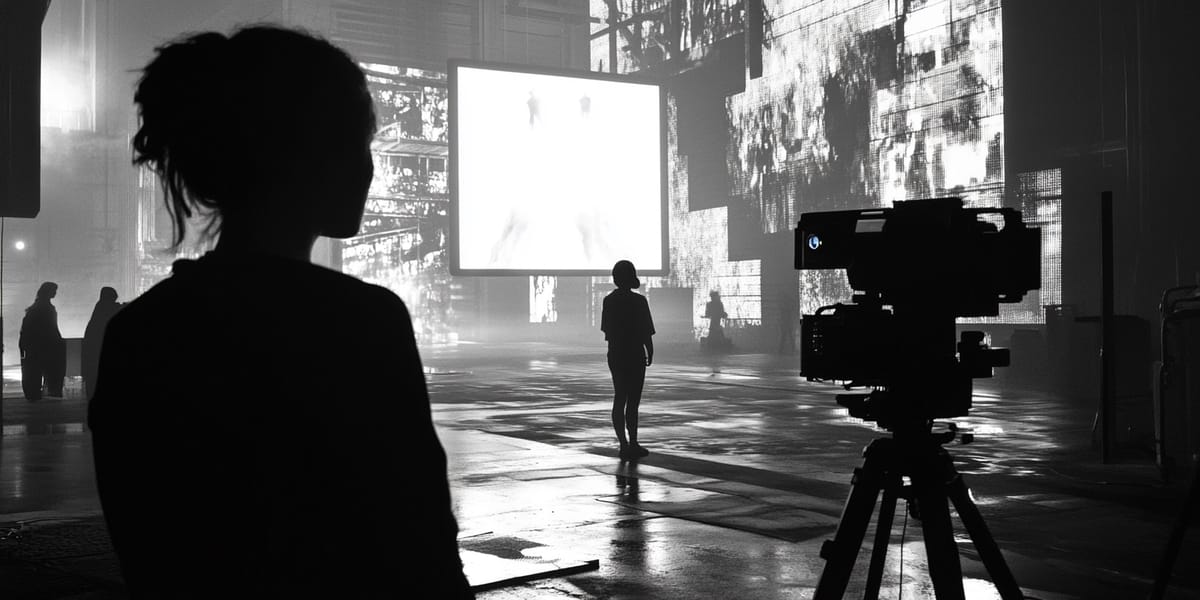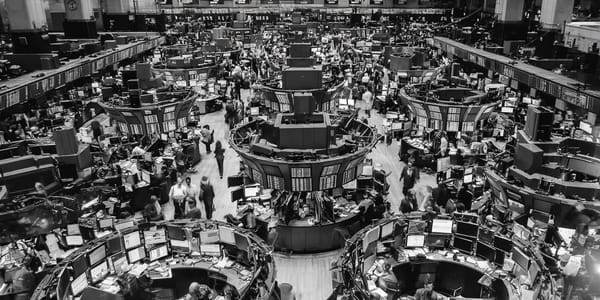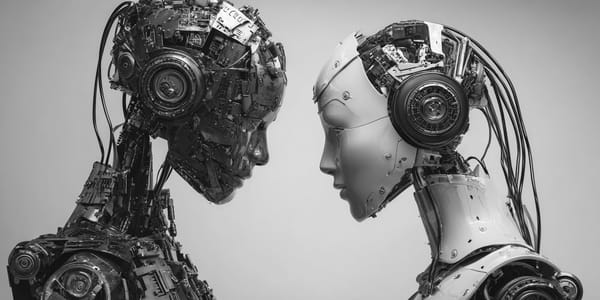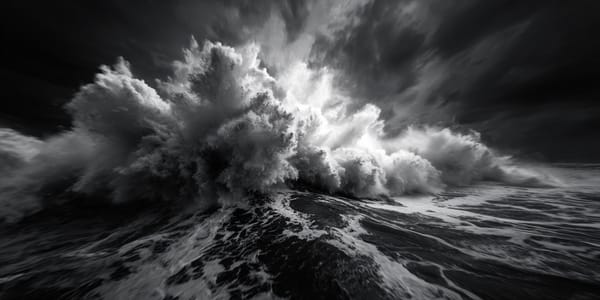Netflix Deploys Generative AI for VFX Production in First Original Series

According to TechRadar, Netflix co-CEO Ted Sarandos announced during the company's quarterly earnings call on July 18, 2025 that the streaming platform used generative AI to create visual effects for the first time. The AI technology was used to produce a building collapse scene in "El Eternauta," an Argentine sci-fi series.
Sarandos revealed that the VFX sequence was completed 10 times faster than traditional methods would have allowed. The scene shows a building collapsing in Buenos Aires after contact with toxic snowfall. Business Standard reports that Netflix worked with its in-house Eyeline Studios to develop the AI-powered tools that made the effects possible within the show's limited budget constraints.
Why This Development Matters
The financial implications of this AI adoption are substantial for Netflix's production strategy. Sarandos confirmed that creating the building collapse sequence using traditional VFX tools would have been financially unfeasible for a show with El Eternauta's budget level. The 10x speed improvement translates directly into cost savings for international productions that typically operate with tighter financial constraints than major Hollywood blockbusters.
This breakthrough allows Netflix to offer high-quality visual effects to content creators working on smaller budget projects. The company reported $11 billion in revenue for Q2 2025, representing a 16% year-over-year increase, with profits rising from $2.1 billion to $3.1 billion. These strong financials position Netflix to invest further in AI technology development across its production pipeline.
The move also addresses audience expectations for premium visual quality regardless of production budget. Viewers increasingly expect cinema-level effects in streaming content, and AI tools help bridge the gap between ambitious creative visions and financial realities.
Industry Implications and Market Growth
Netflix's AI adoption reflects broader market trends in the VFX industry. Market Research Future projects the global AI in VFX market will grow from $5.17 billion in 2025 to $25.51 billion by 2034, exhibiting a compound annual growth rate of 19.38%. North America leads this market growth, followed by Europe and Asia-Pacific regions.
The entertainment industry faces mounting pressure to deliver high-quality content at scale while managing rising production costs. AI-powered VFX solutions address this challenge by automating time-intensive processes like rendering, compositing, and object tracking. Traditional VFX workflows that previously required days or weeks can now be completed in hours.
However, the adoption also raises concerns within the creative community. The 2023 Hollywood strikes included demands for AI usage regulations, with the Screen Actors Guild calling for stricter controls over AI deployment in film and television production. Industry professionals worry about job displacement and the potential for AI to generate content without proper creator consent.
Streaming platforms particularly benefit from AI-powered VFX due to their need for diverse content across multiple markets and budget levels. This technology enables smaller productions to compete visually with major studio releases, potentially reshaping the competitive landscape for international content creation.
Further Reading
For deeper insights into global adoption trends, our Alternative Financial Systems Index tracks regulatory frameworks and adoption metrics across 50 countries. The index provides comprehensive analysis of how emerging technologies are reshaping traditional industry structures worldwide.




